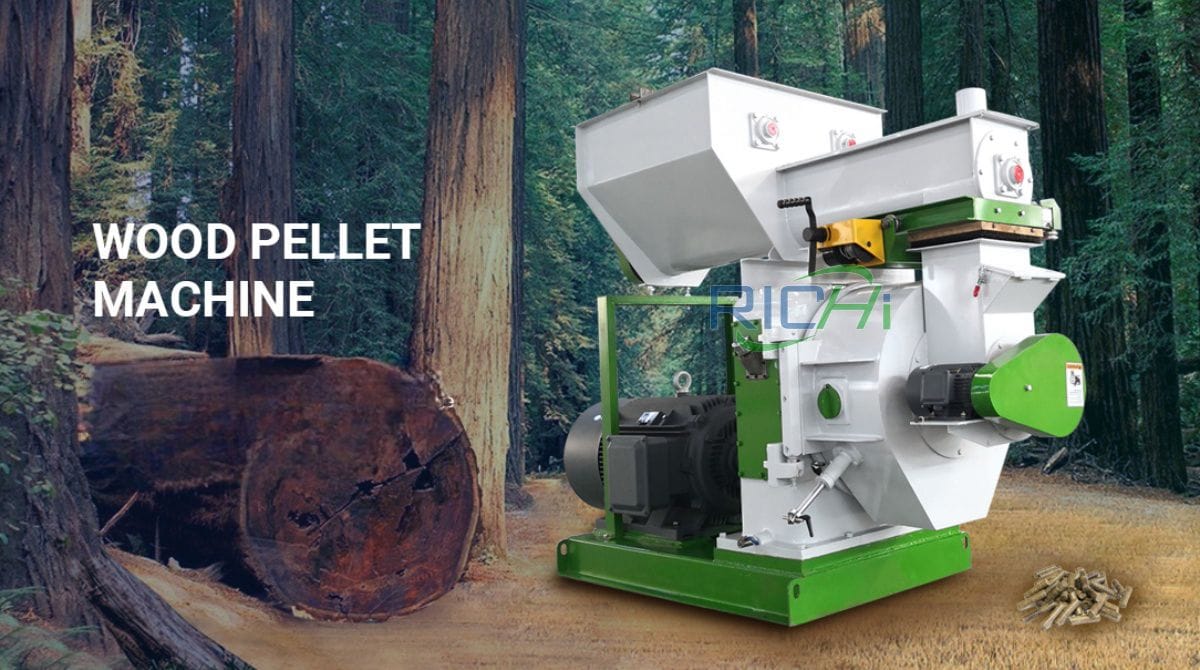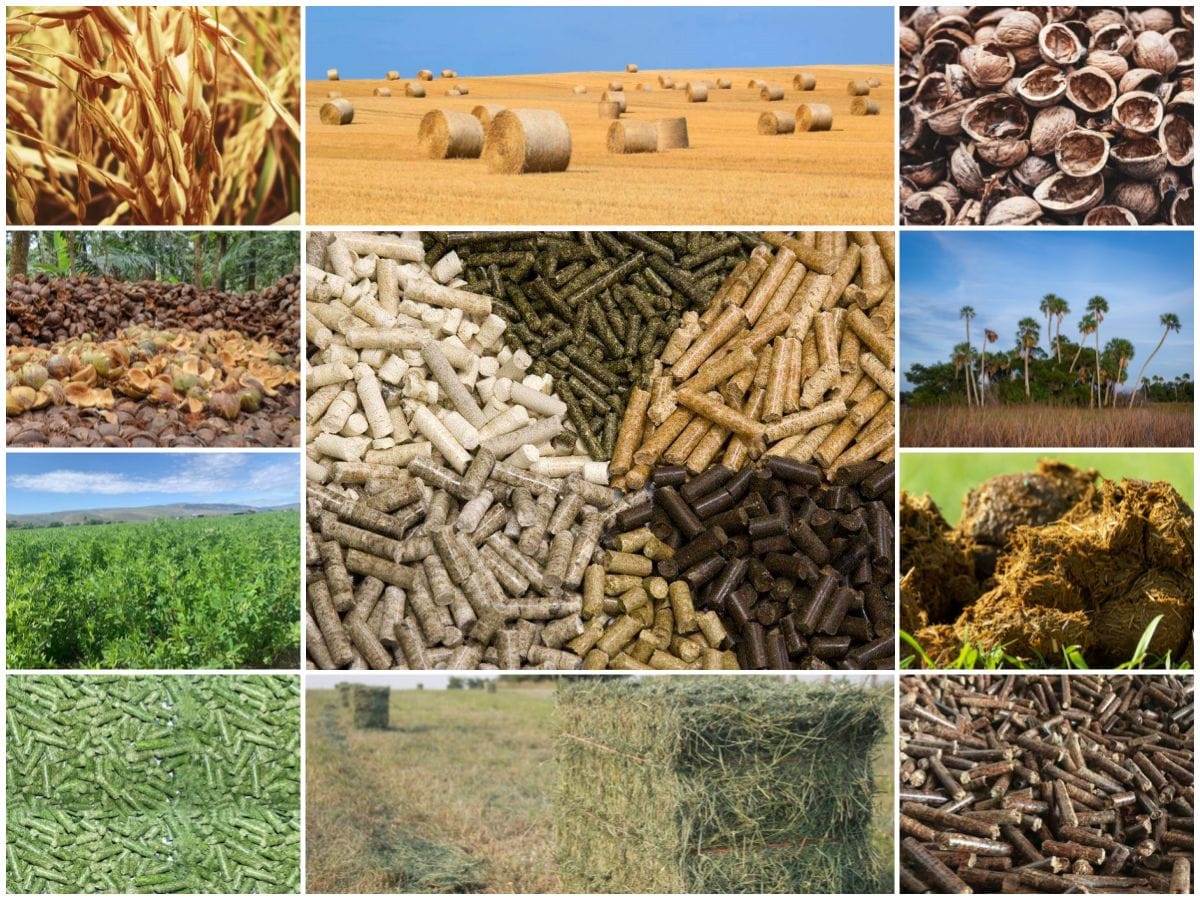Wood chip pellet machines play a crucial role in converting wood waste into valuable biomass fuel pellets. However, maintaining these machines can be costly, and understanding the main components of maintenance costs is essential for managing expenses and ensuring profitability. This article explores the key factors that contribute to the maintenance costs of wood chip pellet machines.
1. Wear Parts Replacement
One of the most significant maintenance costs associated with wood chip pellet machines is the replacement of wear parts. These parts, which include the die, rollers, and knives, are subjected to high levels of friction and wear during the pelleting process.
- Die Replacement: The die is a critical component that shapes the pellets. Over time, the die can become worn, leading to inconsistent pellet quality and reduced production efficiency. Replacing the die is a significant expense that can vary depending on the size and material of the die.
- Roller Replacement: The rollers apply pressure to the wood chips, forcing them through the die holes. As the rollers wear, they become less effective, leading to reduced pellet quality and increased energy consumption. Replacing the rollers is a necessary maintenance task that can be costly.
- Knife Replacement: Knives are used to cut the pellets to the desired length. As the knives become dull, they require more frequent replacement to maintain consistent pellet quality.
2. Preventive Maintenance
Regular preventive maintenance is essential for ensuring the long-term reliability and efficiency of wood chip pellet machines. This includes tasks such as:
- Lubrication: Proper lubrication of moving parts is crucial for reducing friction and wear. Regular lubrication of bearings, chains, and other components can extend their lifespan and reduce maintenance costs.
- Cleaning: Keeping the machine clean is essential for maintaining efficiency. Residue buildup can impede the operation and lead to quality issues. Regularly cleaning the die and other critical components is necessary to ensure smooth operation.
- Inspections: Regular inspections of the machine’s components can help identify potential issues before they lead to breakdowns. This includes checking for wear, damage, and proper alignment of parts.
The cost of preventive maintenance includes the labor required to perform these tasks, as well as the cost of lubricants, cleaning supplies, and any necessary replacement parts.

3. Unscheduled Repairs
Despite best efforts, unscheduled repairs may be necessary due to unexpected breakdowns or failures. These repairs can be costly, as they often require the use of specialized technicians and can lead to production downtime.
- Replacement Parts: Unscheduled repairs may require the replacement of parts that were not planned for, such as bearings, gearboxes, or electrical components. The cost of these parts can be significant, especially if they are not readily available.
- Labor Costs: Unscheduled repairs often require the use of specialized technicians, who may charge higher labor rates than regular maintenance staff. The cost of these technicians can add up quickly, especially if they need to travel to the site.
- Downtime Costs: Production downtime due to unscheduled repairs can be costly, as it leads to lost revenue and reduced productivity. The cost of downtime can vary depending on the length of the repair and the impact on production schedules.
4. Electricity and Fuel Costs
The operation of a wood chip pellet machine requires electricity and fuel, which can contribute significantly to maintenance costs.
- Electricity Costs: The machine’s power requirements will influence the ongoing electricity costs. Energy-efficient machines may have a higher initial cost but can lead to significant savings in energy bills over time.
- Fuel Costs: If the pellet machine uses alternative fuels for operation, such as biomass or natural gas, the costs associated with these fuels should also be considered.
5. Operator Training and Safety
Proper operator training and safety measures can also contribute to maintenance costs.
- Training Costs: Providing comprehensive training for operators on the proper use and maintenance of the pellet machine is essential. This training can be costly, especially if it requires specialized instruction or off-site courses.
- Safety Equipment: Ensuring the safety of operators is crucial, and can require the purchase of personal protective equipment (PPE) and the implementation of safety protocols. The cost of these measures can add up over time.
6. Facility Maintenance
The maintenance of the facility where the wood chip pellet machine is housed can also contribute to overall maintenance costs.
- Building Maintenance: Regular maintenance of the building, such as roof repairs, painting, and HVAC system maintenance, can be necessary to ensure a safe and efficient working environment.
- Grounds Maintenance: Maintaining the grounds around the facility, such as landscaping and snow removal, can also contribute to maintenance costs.
Conclusion
Understanding the main components of maintenance costs for wood pellet machines is essential for managing expenses and ensuring profitability. By focusing on wear parts replacement, preventive maintenance, unscheduled repairs, electricity and fuel costs, operator training and safety, and facility maintenance, producers can develop a comprehensive maintenance strategy that minimizes costs and maximizes the efficiency and reliability of their machines.Regular monitoring and analysis of maintenance costs can help identify areas for improvement and cost savings. By investing in high-quality machines and implementing best practices for maintenance, producers can ensure the long-term success and sustainability of their wood chip pellet production operations.










